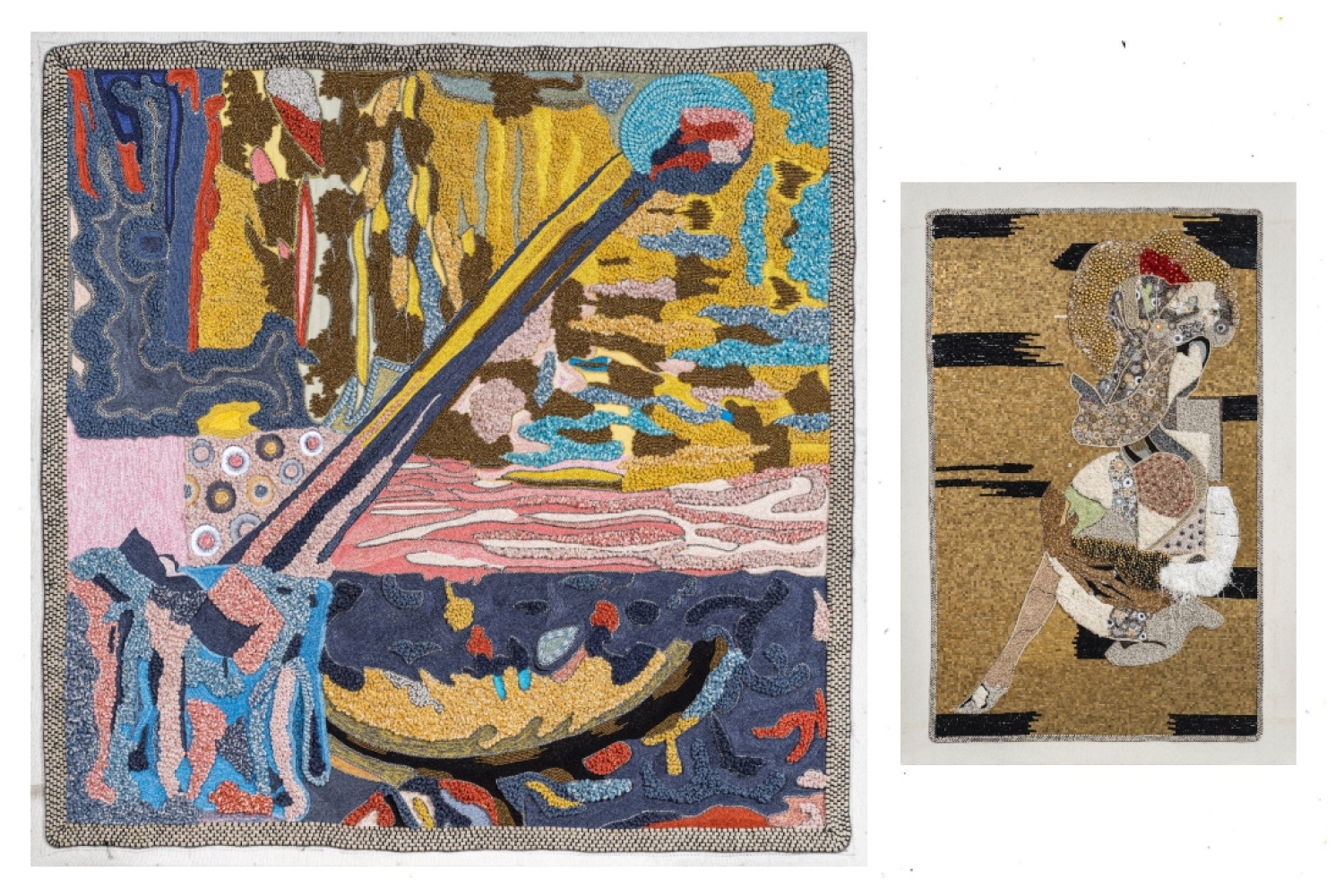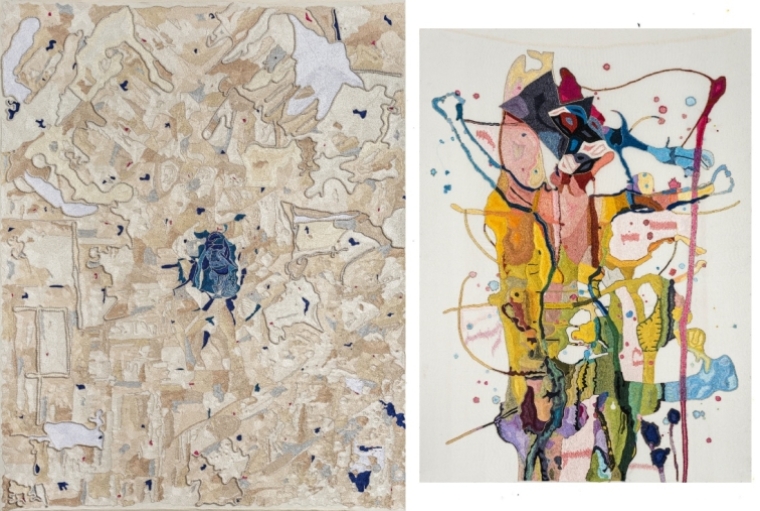

Coming from a background steeped in fashion while growing up, it is interesting to see Viraj Khanna’s journey in art. With no formal training in the field, he first started putting together visuals in the form of collages to give his stories some shape. With time, his voice has evolved and now talks about the human condition -- our contradictions and different faces. His latest work, called In My Fever Dream, has been adorned with new elements to give structure to his figurative work. We connected with Viraj to know more.
Can you tell us what inspired your new show, In My Fever Dream?
The show is titled In My Fever Dream because my work is about the personalities and behaviours of people by whom I am surrounded. We are social animals, and so much of what we do is influenced by the constructs of society. There is always a need to fit in, and therefore, people are always creating perceptions about themselves. The ideas of seeming intelligent, connected, wealthy, et cetera have positive benefits for members of society and because of this we have so many layers to us. Growing up in the fashion industry, I have seen a lot of exaggerated behaviours and perceptions, and that is what I am reflecting on. Once, there was a client who visited us and said that she will pay us double the price of the outfit as long as we tell people she paid double. The need to create this perception, in my opinion, results in us showing completely different sides of ourselves.
Can you deconstruct your practice and process in context of your new show?
I always start with collage work. That forms the blueprint for everything I do. I use the collage in different ways — usually figurative in nature — and then create a Khakha (which is a pencil drawing on a transparent sheet). This drawing is then pinned, which means small holes are created on the paper in the same pattern as the outline. Then chalk and oil is used on top of this transparent sheet while keeping it on a piece of fabric. The chalk from the top of the sheet transfers through the small holes onto the pinned fabric. The embroidery work is then created on the fabric following the structures created initially with collage.

This time you have used different elements, such as thread, beads, pearls, and other hand-created materials, in order to give structure to your figurative work. What informed your decision to do so?
When I created my work, I imagined different people in my life…I want the viewer to do the same. The figures are non-realistic so that the viewers can relate the figurative creation with people in their own life. Different materials represent different energies for me. I have seen countless outfits being made with various different materials and techniques, and each represents a certain style and energy. For me, certain materials like sequins, pearls, beads, represent a sort of flamboyance, whereas thread, Resham, Kala Dori, represent a subtleness. Depending on the energy of the person, I have used different materials. I want the viewer to sense this energy and reflect on the people it reminds them of, and why.
What do you want the audience to take away from your work this time around?
I want the audience to be more aware of the people by whom they are surrounded. The nuances in behaviour and the actions that always stem from different beliefs and value systems. I want them to realise how complex we are from the outside because of so many social constructs, but at the end of the day, we are all similar. Circumstances and life situations change us and teach us, but deep down we are usually driven by the same motivations and primal beliefs.
How do you think you have evolved as an artist from your last show?
I think there is continuous learning from every show. My use of materials has expanded immensely. The intricacies have increased in the work. It has become easier for me to represent what I am trying to portray now, the more I keep working on different techniques. The nuances of human behaviour are further captured through more experimental layering and embroidery techniques.
Text Hansika Lohani
Date 05-12-2022